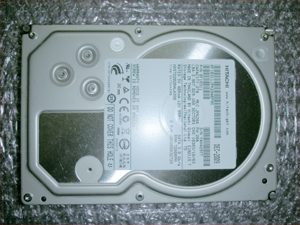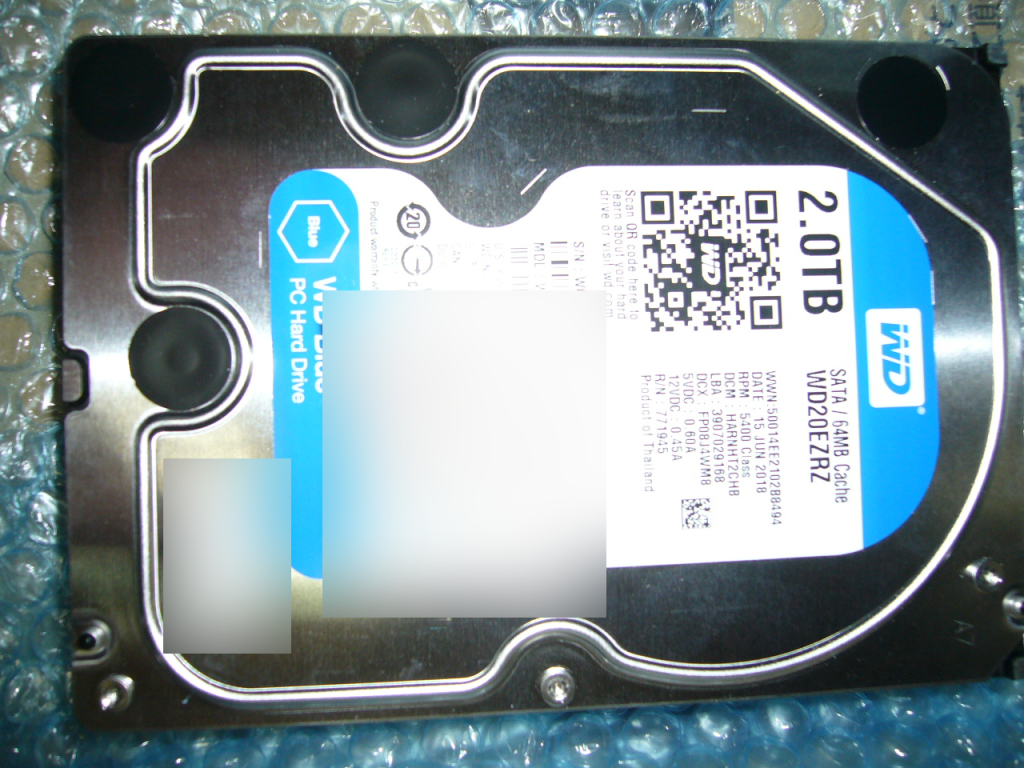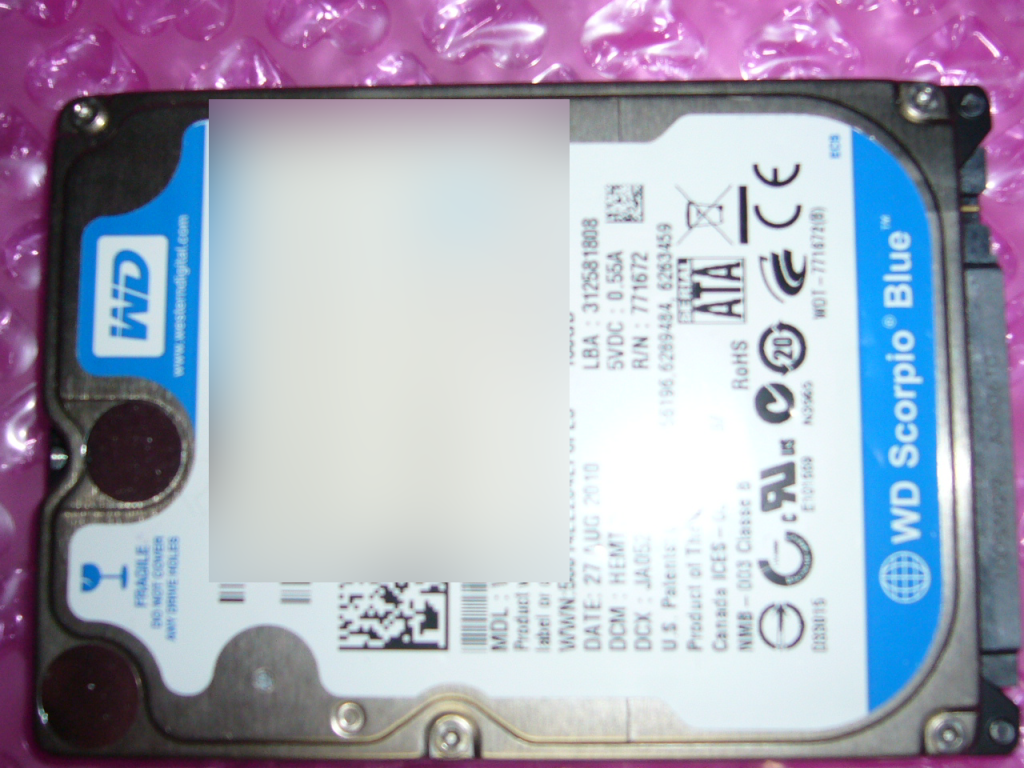
データ復旧サービス
FAQ: よくあるご質問: 並列同時解析 – AI
よくあるご質問: 並列同時解析 – AI
上記の内容以外にも、ご不明な点や気になることがございましたらどうぞお気軽にお問い合わせください。
2014年:ドライブリアルタイム解析を導入
2014年11月よりデータマイニングを開始いたしました。そして2015年6月より大容量ドライブの復旧向けにR.E.C.O.A.I.(人工知能)を本格的に稼動いたしました。膨大なセクタ数を間違う事なく正確に進めていく装置となっておりまして特に3.0TB以上の復旧には欠かせない存在となりました。
Q1, 並列処理による利点とは?
近年のパソコンは「マルチコア」と呼ばれる複数の実行コアを物理的に持っております。これにより重い負荷を与えましても分散する事により処理速度を保てる特性がございます。ただし分散させるには「タイミング」が非常に重要となりまして例として同じ要素を別々に同時取得してしまうと本来の処理とは異なる結果につながってしまいます。
しかしながらその点に注意してロックをかけ過ぎると今度は全体処理性能が大幅に低下する難点がございます。そのため、それらのバランスを取りながら速度と復旧精度を追求する解析手法となっております。上手く組みますと負荷が重い処理でも解析速度が落ちないため納期を短縮することが実現しております。
Q2, 時間よりも復旧率を優先できますか?
問題なく対応可能です。ヘッド系統の障害では最短の納期にて最大の復旧率を出す事が可能です。しかしながらプラッタ系統の障害(プラッタ歪み)ではやはりお時間をかけた方が復旧率が良くなります。このような場合ではデータ納品を複数回に分けまして徐々にデータ納品量を増やしていく方式を取ります。
Q3, RAIDやサーバに対しても高精度で対応できますか?
並列同時解析は並列化されている「RAID系統」を得意とする設計です。RAIDを構成する複数のHDDを同時に安定化制御および並列に同時スキャンしつつ作業用エリアへスキャン結果を結合(RAIDイメージ)そのイメージを同時に領域解析などもできてしまいます。近年、容量が増加するストレージを復旧するには並列処理を基本とする技術が主要となってきております。
Q4, ドライブリアルタイム解析に導入されるビッグデータはどのような働きをいたしますか?
ドライブ故障統計の集まりなので不良セクタ化の場所に関する予想を立て易くなっております。データ復旧では、このような不良セクタを出来る限り避けてリスクを低下させる必要がございますので、復旧率向上に貢献しております。



